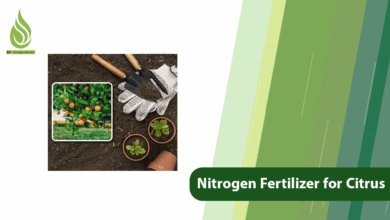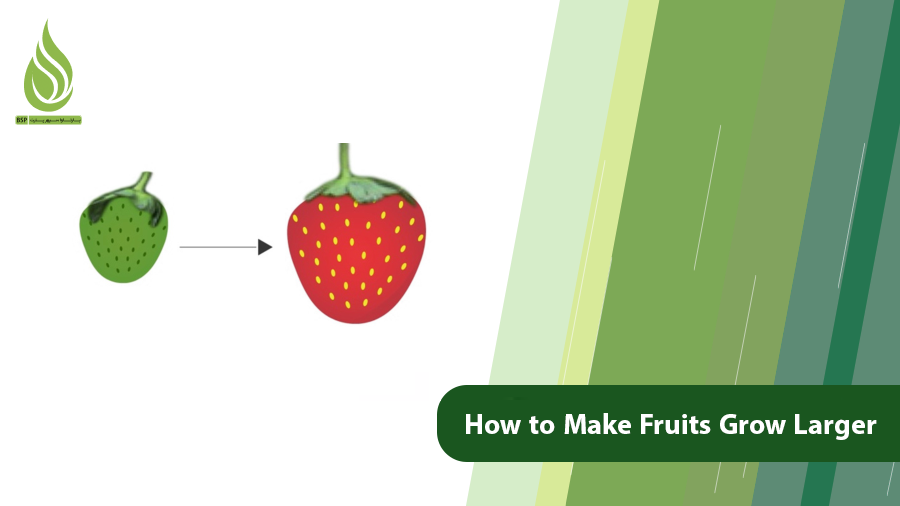
Reasons for Fruits Staying Small & How to Make Fruits Larger
Growing large, high-quality fruits is a key concern for farmers. One challenge they may face is fruits remaining small, which reduces their market appeal. In this article, we explore the causes of small fruits and provide practical methods to help them grow larger. By understanding these factors and applying the right solutions, you can improve fruit quality.
Reasons for Fruits Staying Small
Fruits may stay small due to several factors. Here are the main reasons:
- Choosing the Wrong Fruit Variety
Some fruit varieties naturally produce smaller fruits. When planting, select a variety suited to your environment that yields appropriately sized fruits. - Nutrient Deficiency
Essential nutrients like nitrogen, potassium, and phosphorus are crucial for fruit growth. If the soil lacks these, fruits won’t develop fully. - Overbearing Trees
If a tree produces too many fruits, it can’t supply enough energy to each one, resulting in smaller fruits. Managing the fruit load by thinning early can help.
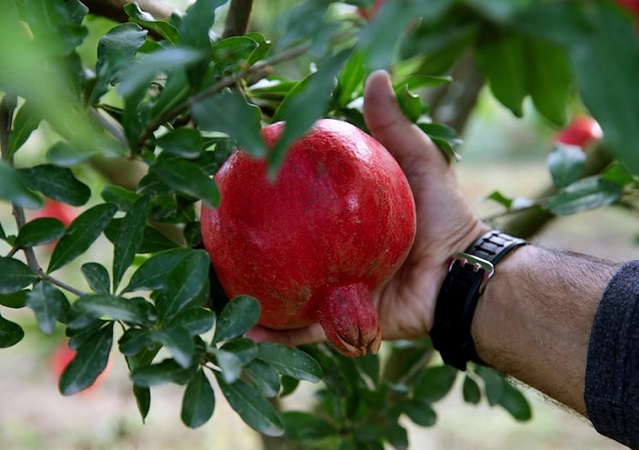
- Poor Pollination
Incomplete or weak pollination prevents full fertilization of the ovules, leading to poorly formed or small fruits. Fruits from poor pollination often grow unevenly, become misshapen, or drop early. - Pests and Diseases
Pests and plant diseases can damage roots, leaves, or fruit-bearing parts, preventing fruits from reaching their full size. Fungal and bacterial infections weaken the tree, reducing its ability to produce large, healthy fruits. Early detection and control are essential. - Unsuitable Environmental Conditions
Trees need favorable conditions to thrive. Factors like insufficient or excessive watering, improper temperature, or humidity can affect fruit quality. When stressed, trees prioritize survival (e.g., root growth) over fruit development, stunting fruit size.
Solutions for Larger Fruits
To address small fruits, consider these practical solutions:
- Select the Right Variety
Choose fruit varieties known for producing larger fruits and suited to your growing conditions. Research the variety before planting to ensure it meets your size expectations. - Proper Nutrition
Use balanced fertilizers rich in essential nutrients to promote better fruit growth. Conduct a soil test to identify deficiencies, then apply fertilizers based on the results. Potassium-rich fertilizers, for example, play a key role in increasing fruit size. - Control Fruit Load
When a tree bears too many fruits, it struggles to provide enough energy for growth. Thinning fruits in the early stages allows the tree to focus resources on the remaining ones, leading to larger fruits. - Improve Pollination
Effective pollination boosts fruit yield and size. Attract pollinators like bees by planting flowering plants nearby or placing beehives in the orchard. For commercial orchards, plant pollinator trees (e.g., for almonds or apples) among fruit-bearing trees. In small gardens or greenhouses, manual pollination using a brush or pollen duster is an option.
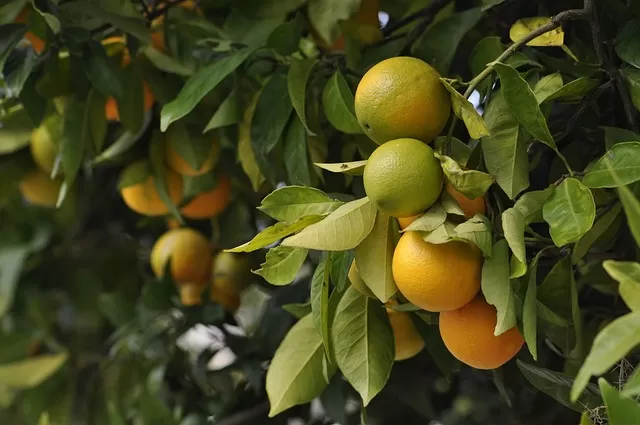
- Prune Correctly
Proper pruning removes excess, old, or diseased branches, improving the tree’s structure and directing energy toward fruit growth. Overgrown or weak branches with too many fruits often produce small, unripe, or low-quality fruits. Pruning enhances light and air penetration into the canopy, boosting fruit development. This is especially important for young trees, which may produce small fruits under heavy loads. - Manage Irrigation
Consistent and adequate watering, especially during critical growth stages, is vital. Drip irrigation is an effective method, delivering water gradually to the roots without causing damage. - Control Pests and Diseases
Regularly monitor and manage pests and diseases using natural or chemical pesticides and biological methods. Healthy trees produce higher-quality fruits. - Optimize Environmental Conditions
Ensure proper temperature, humidity, and light levels to support fruit growth. Adjust conditions as needed to create an ideal environment.
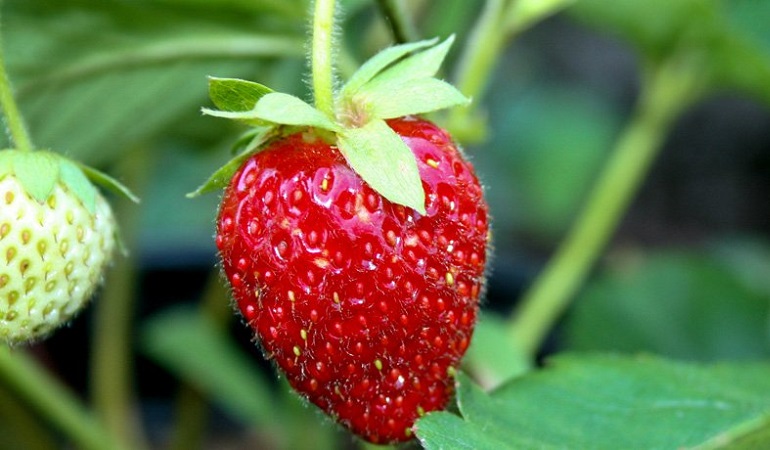
The Role of Proper Fertilization in Fruit Growth
Proper fertilization is critical for increasing fruit size and maintaining quality. Without adequate nutrition, fruits may stay small, hard, or unripe, even with good flowering and fruit set. During the fruit enlargement stage, trees need specific nutrients to support cell division and growth. Nutrient deficiencies at this stage directly result in smaller, hollow, or poor-quality fruits.
Fertilizers That Promote Larger Fruits
- Potassium (K)
Potassium aids sugar transport and cell enlargement, increasing fruit weight, sweetness, and color. Examples include potassium sulfate, potassium nitrate, and high-potassium NPK fertilizers (e.g., 12-12-36). - Calcium (Ca)
Calcium strengthens cell walls, reducing rot and enhancing fruit quality. It’s best applied as a foliar spray since root absorption is limited. - Boron (B)
Boron improves sugar transport and supports cell growth, contributing to better fruit formation. - Magnesium (Mg)
Magnesium boosts chlorophyll production and photosynthesis, supporting overall tree and fruit health. - Amino Acids and Natural Growth Hormones
These stimulate cell division and accelerate fruit growth.
Fertilizers to Use Cautiously
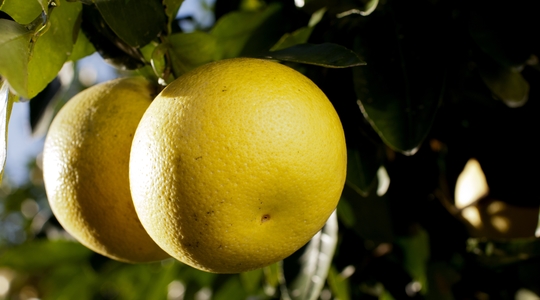
- Nitrogen (N)
Nitrogen fertilizers (e.g., ammonium sulfate, urea, ammonium nitrate fertilizer) supply nitrogen for leaf and branch growth, thickening the trunk and maintaining plant vigor. However, excessive nitrogen during fruit development shifts energy to leaves and branches, leaving fruits small, tasteless, or late to ripen. Use nitrogen early in the season and avoid it during fruit enlargement. - Phosphorus (P)
Phosphorus supports root and flower development, but too much during fruit growth can disrupt the uptake of other nutrients, hindering size.
Fertilization Timing
- Before Flowering
Apply nitrogen, phosphorus, and a small amount of potassium to prepare the tree. - After Fruit Set
Focus on potassium, calcium, and boron to support fruit enlargement. - During Fruit Ripening
Use high-potassium fertilizers and micronutrients to improve color, flavor, and weight.
